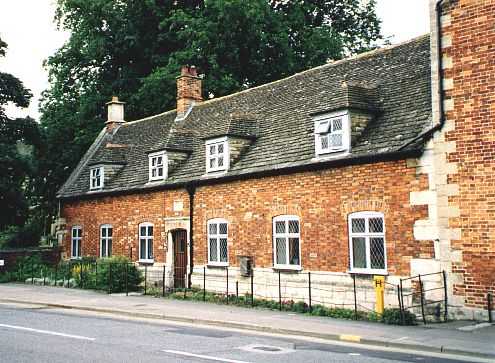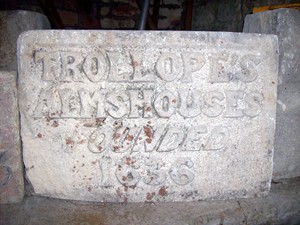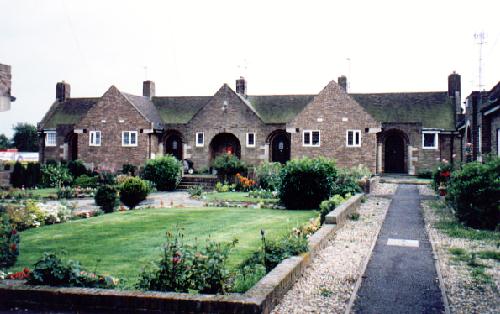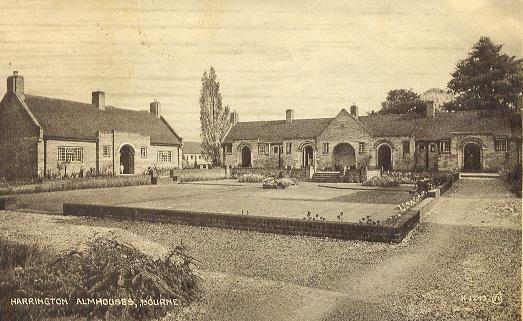|
Almshouses
Almshouses was originally endowed by charity to provide accommodation for the old and infirm who were unable to work and therefore earn a living. Their establishment in England has a long and honourable tradition and they were administered by trusts and were therefore distinct from those
which were publicly financed, formerly known as poor-houses or workhouses and later as public assistance institutions. Almshouses are generally found in the older, historic towns and villages and usually lacking in the larger urban growths of the industrial age. By 1950, there were nearly 13,000 almshouses in Britain, most of them in England, and half were erected before 1840 although most have been modernised or repaired since then. The accommodation of these cottages or flats is usually minimal but not sparse, with at least two rooms and a kitchen and the tenants are chosen under the terms of the original foundations, sometimes from the locality or often from a particular trade. There is never a lack of suitable applicants and almshouses are likely to serve a useful purpose even today in providing homes for the aged who still choose their independence and cannot or will not live with relatives.
A stone tablet on the front of the Tudor Cottages in South Street suggests that these almshouses were built in 1636 but this is misleading. They most likely date from the late 18th or early 19th century and the original buildings on this site were the Trollope Bedehouses. They were erected in that year although the present cottages were built on the original foundations and much of the materials from the previous properties were probably used in the reconstruction.
Bourne United Charities has been responsible for the twelve alms or bedehouses and a warden's bungalow in West Street since they opened in 1932 to provide homes for elderly inhabitants. They were built at a cost of £6,000 by Messrs Wright and Son Limited of Lincoln who tendered for the work along with eight other builders and although theirs was not the lowest, the tenders varying by as much as £1,600, it was preferred by the architects who drew up the specifications, Messrs Webster and Trower of Spalding, the time allowed for completion being eight months. Work began in 1931 and was finished within contract. The capital was provided by BUC mainly by realising investments of property in Leytonstone, London, left to the town under the Harrington bequest, which was sold for a street widening scheme. The almshouses are situated in an attractive setting just off the main road and ranged on four sides around lawns and flower beds and tenancies are much sought after. A bronze plaque has been erected at the front of the almshouses to perpetuate the memory of the local benefactors who contributed money in past centuries for such philanthropy, William Trollope, William Fisher and Robert Harrington, the founders of various charities in the 17th century. See also Bourne United Charities The Kirkby Underwood almshouses
Go to: Main Index |



